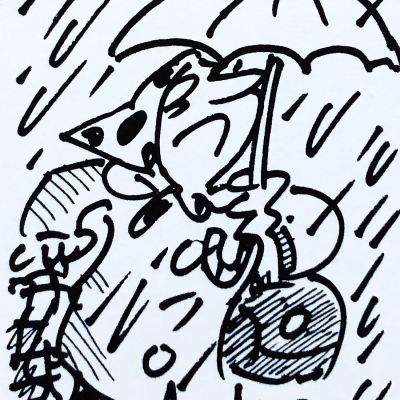A dybtgoing study af nisse-engelsk
Fra today, you can gense ‘The Julekalender’ on TV2 Charlie! So we bringer an indlæg about the nissers fictive sprog, which is a blanding of engelsk and Danish!
Margaret J. Blake skrev en article i 2007 om nisse-engelsk, som never blev publiceret. She kaldte her study, which she skrev in English, Just what I skut til to say! A description and analysis of NisseEngelsk, a Danish-English Mixed Language. Det er et meget scholarly værk, which toke her three kvart year to skrive.
She læste ikke mindre end sixty articles and bøgs. Manuskriptet is on 125 sider. Og de whole teksts of the three speakers Hansi, Gynter og Frits er analyseret. Optagelserne er from 1991, og of good kvalitet. … ↪






